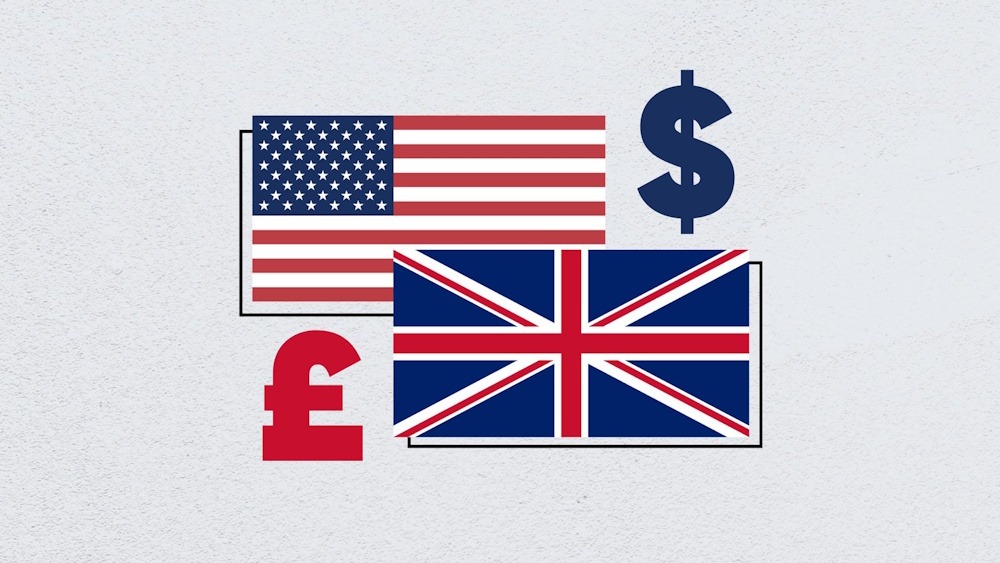The Bank of England decided to keep rates constant after the Federal Reserve started its 2025 easing cycle, which caused the British pound to reverse course and fall more than 0.51% on Thursday. The GBP/USD pair is currently at 1.3551, following a daily peak of 1.3660.
GBP/USD pulls back following the BoE’s 7–2 decision to keep rates steady and reduce the Quantitative Tightening program to £70B. UK inflation approaches double the target; Bailey indicates potential further cuts on the horizon, although the timing is still unclear. US Jobless Claims decrease to 231K, as Powell points to immigration as a challenge for the labor market.
> Pound declines as BoE maintains Bank Rate at 4% and reduces QT, contrasting with Fed’s easing cycle : The economic calendar across the Atlantic has been quite active. US Initial Jobless Claims for the week ending September 13 reported at 231K, which is lower than the anticipated 240K and the previous week’s revised figure of 264K. Continuing Claims decreased from 1.939 million to 1.920 million Despite the positive data, there has been a slowdown in hiring, with many economists attributing this to tariffs. Fed Chair Jerome Powell noted that the absence of immigration is an additional factor impacting the labor market. Recently, the Bank of England decided to keep the Bank Rate steady at 4%, as anticipated, with a voting split of 7-2, and has lowered the Quantitative Tightening from £100 billion to £70 billion. It is important to highlight that during the last meeting, the BoE decided to lower rates despite UK inflation being nearly double the bank’s 2% target. BoE Governor Andrew Bailey indicated that additional rate cuts are on the horizon, although he noted that the timing and extent remain uncertain. Looking ahead, the UK economic schedule will include Retail Sales data. In the US, the calendar is clear, but traders should note that the Fed’s blackout period has concluded, and some officials may make headlines.
GBP/USD transitioned from an upward bias to consolidate within the 1.3500 – 1.3650 range as a ‘evening star’ pattern appears. If sellers aim to drive the exchange rate down, they need to break below the 20-day SMA at 1.3521, and then target the swing low from September 11 at 1.3491. Once cleared, the next area of interest would be the convergence of the 100 and 50-day SMAs at approximately 1.3475/62. Conversely, a daily close of GBP/USD above 1.3600 could strengthen the argument for another effort to test the yearly high at 1.3788.

